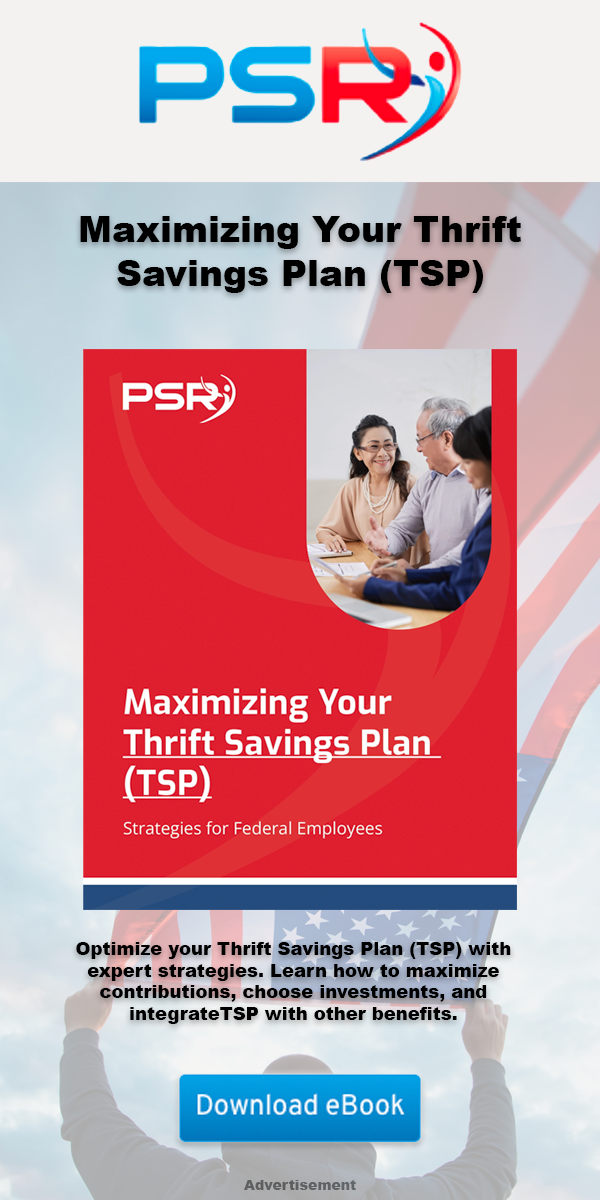Key Takeaways:
- FEHB premiums are set to increase by 13.5% in 2025, making it essential for federal employees to compare plan options carefully during Open Season.
- Various FEHB plans offer different coverage levels, making it important to evaluate both healthcare needs and budget before selecting a plan for 2025.
Choosing the Right FEHB Plan for Your Family: A 2025 Snapshot for Federal Workers
- Also Read: Divorce and Your Federal Pension—What Happens When You Split Assets and How It Could Affect Your TSP
- Also Read: What Happens to Your Federal Benefits After Divorce? Here’s the Lowdown
- Also Read: The Best FEHB Plans for 2025: Which One Fits Your Lifestyle and Budget the Best?
What’s New for 2025?
The 2025 FEHB plans will see a significant increase in premiums, rising by 13.5% on average. This marks the largest premium increase in nearly two decades, outpacing previous years’ hikes and the overall inflation rate. The drivers behind this surge include increased demand for healthcare services, more expensive medications, and greater reliance on outpatient services. Given these rising costs, it’s critical for federal workers to reassess their current FEHB plan and explore alternatives to avoid overpaying for healthcare.
Types of FEHB Plans Available
FEHB plans can be categorized into three main types:
-
Fee-for-Service (FFS): FFS plans, often paired with a Preferred Provider Organization (PPO), allow you to see any doctor, but visiting in-network providers can reduce costs. These plans typically have higher premiums but offer more flexibility in choosing healthcare providers.
-
Health Maintenance Organization (HMO): HMOs generally offer lower premiums but restrict you to a network of providers. These plans often require referrals from your primary care physician to see specialists, making them a cost-effective option for families with fewer healthcare needs.
-
High-Deductible Health Plans (HDHP): HDHPs come with lower premiums but higher deductibles. These plans are ideal if you anticipate fewer healthcare expenses and want to save for future healthcare costs through a Health Savings Account (HSA). HDHPs also provide tax advantages, as contributions to HSAs are tax-deductible.
Balancing Coverage and Cost
As you evaluate FEHB plans for 2025, it’s important to weigh the cost of premiums against the level of coverage provided. Premium increases will vary depending on the plan, with the average enrollee share expected to rise significantly. For instance, the enrollee’s share of a premium for family coverage under a typical FEHB plan could exceed $700 per month. With inflation impacting medical services, it’s worth considering how much your family will actually use healthcare services. If you foresee high medical costs, it may be worth opting for a plan with higher premiums but lower out-of-pocket expenses.
On the other hand, if your family requires minimal medical care, a less expensive plan, such as an HDHP, could be a smart choice. These plans often have lower premiums but higher deductibles, so they make sense for families who rarely visit the doctor but want to be prepared for emergencies.
Key Factors to Consider in 2025
When selecting the right FEHB plan for your family in 2025, consider the following factors:
-
Monthly Premiums: With premiums increasing by an average of 13.5%, review what you’ll be paying each month. Plans with lower premiums may seem attractive, but higher out-of-pocket costs could offset these savings.
-
Out-of-Pocket Costs: If your family frequently needs medical care or has chronic health conditions, consider the out-of-pocket costs, such as deductibles, copayments, and coinsurance.
-
Provider Network: If maintaining access to specific doctors or hospitals is important, ensure that they are part of your plan’s network. HMOs often have narrower networks compared to PPOs under FFS plans.
-
Prescription Coverage: Prescription drug costs can add up quickly. Check to see whether the medications your family uses are covered under the plan and whether there are any restrictions.
-
Fertility and Behavioral Health Coverage: FEHB plans are expanding coverage for fertility treatments and behavioral health services in 2025, making these options worth considering if your family needs such services.
Avoiding Sticker Shock: How to Prepare
Given the substantial premium increases for 2025, it’s essential to prepare ahead of time. Take advantage of the Open Season to compare plans and choose one that fits both your family’s healthcare needs and financial situation. You can use tools like the OPM’s FEHB comparison charts, which will be available during Open Season. These resources will allow you to compare different plan features, such as premiums, deductibles, copayments, and provider networks.
It’s also important to factor in other out-of-pocket costs and potential coverage gaps when selecting a plan. If your family’s healthcare needs have changed since last year, don’t assume your current plan is still the best fit. Switching to a different plan could save you hundreds, if not thousands, of dollars in 2025.
Planning Ahead for FEHB and FEDVIP
Don’t forget about dental and vision coverage, which can also impact your family’s overall healthcare costs. FEDVIP premiums for 2025 will increase by 2.97% for dental plans and 0.87% for vision plans. If your family requires frequent dental or vision care, enrolling in these plans could reduce your overall healthcare expenses.
As federal employees brace for higher premiums in 2025, it’s clear that strategic planning is essential. Take the time to compare options, anticipate healthcare needs, and select the right FEHB plan that balances cost with coverage. Open Season is your opportunity to make changes and ensure your family is well-protected in the year ahead.
Maximize Your 2025 FEHB Plan for Long-Term Savings
In the end, choosing the right FEHB plan comes down to carefully balancing your family’s healthcare needs with your financial situation. As premiums rise in 2025, it’s more important than ever to review your options and make sure your current plan is still the best fit. By evaluating coverage, cost, and network availability, you can make an informed decision that protects your family’s health while minimizing financial strain.











